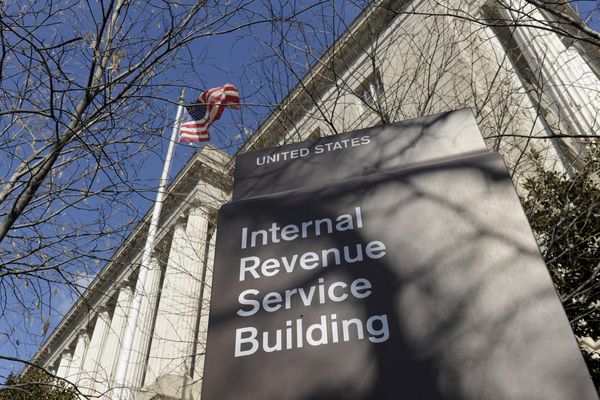
Full details of conditions that TfL is required to meet in return for its latest bailout have been published
Transport for London must work towards introducing driverless trains on the Tube under the terms of its new £200m bail-out deal, it can be revealed.
Full details of the conditions that TfL is required to meet in return for its latest bailout were published in a 15-page letter from Transport Secretary Grant Shapps on Friday afternoon.
TfL is also to review passenger demand on its Tube, bus and Overground network in April to determine whether service levels should be maintained or reduced.
Driverless trains have been mentioned in previous deals but the latest settlement, which runs until June 24, makes clear the Government’s wish for research into their feasibility to remain a priority.
Tube bosses are willing to co-operate with the work but believe introducing driverless trains on the London Underground will be impossible due to its cost and fire safety regulations, the Standard understands.
Other key features of the bailout include:
· TfL is to start making changes from the end of June to reduce the £375m annual cost of its contributions to its staff pension scheme.
· £50m must be spent by TfL on “healthy streets” schemes in the next four months to make walking and cycling safer.
· A memorandum is to be drawn up on the “permanent” reopening of Hammersmith bridge – including to motorists if budgets allow.
· The Government will not pay more than a third of the cost of reopening Hammersmith bridge.
· The Government will provide details of the capital settlement it will offer TfL by March 24 – with the funding lasting one to three years.
· Bailout cash cannot be used to pay TfL bonuses and individual bonuses to executives are discouraged.
· Wages for Tube staff – which are expected to rise by more than eight per cent – most be brought closer to the national average in subsequent years.
· The Crossrail 2 route is to be safeguarded from interference by developers.
The bailout was agreed on Friday lunchtime after being extended on three occasions since the start of December as TfL and the Department for Transport negotiated over its terms.
In his letter to Mayor Sadiq Khan, Mr Shapps said in relation to driverless trains: “TfL’s record of modernisation and innovation should not leave it behind other European networks, which are achieving significant operational efficiencies through driverless trains.
“Accordingly, DfT will lead a joint programme with TfL on the implementation of driverless trains on the London Underground, recognising TfL’s safety, regulatory and statutory responsibilities.
“The network review should provide an evidence-based recommendation on how best to progress with driverless trains. TfL should continue working with DfT to make progress developing and testing innovative technology, where it can save money in the delivery of driverless trains.”
On the TfL pension fund, Mr Shapps confirmed the requirement from last June’s bailout that it move into a “financially sustainable position”.
At present, TfL pays more than six times the contribution that employees make, at a cost to it of £401m in 2021.
A report on reforming the scheme is due from Sir Brendan Barber by March 31. TfL will have until June 24 to “consider and progress, as appropriate, any proposals that may be recommended by the final report in order to move the Fund into a financially sustainable position”, Mr Shapps said.
Mr Shapps said that the DfT, TfL and Hammersmith and Fulham council, which owns Hammersmith Bridge, would jointly commit “to the reopening of Hammersmith Bridge on a permanent basis – initially to pedestrians, cyclists and river traffic and, depending on cost, to motorists.”
On healthy streets, after fears that TfL would have to axe £483m from safety schemes, Mr Shapps wrote: “We expect TfL to continue to deliver ambitious healthy streets and active travel programmes including funding for the London boroughs under the local implementation plan process and will set aside £50m for this within the fourth funding period.”







